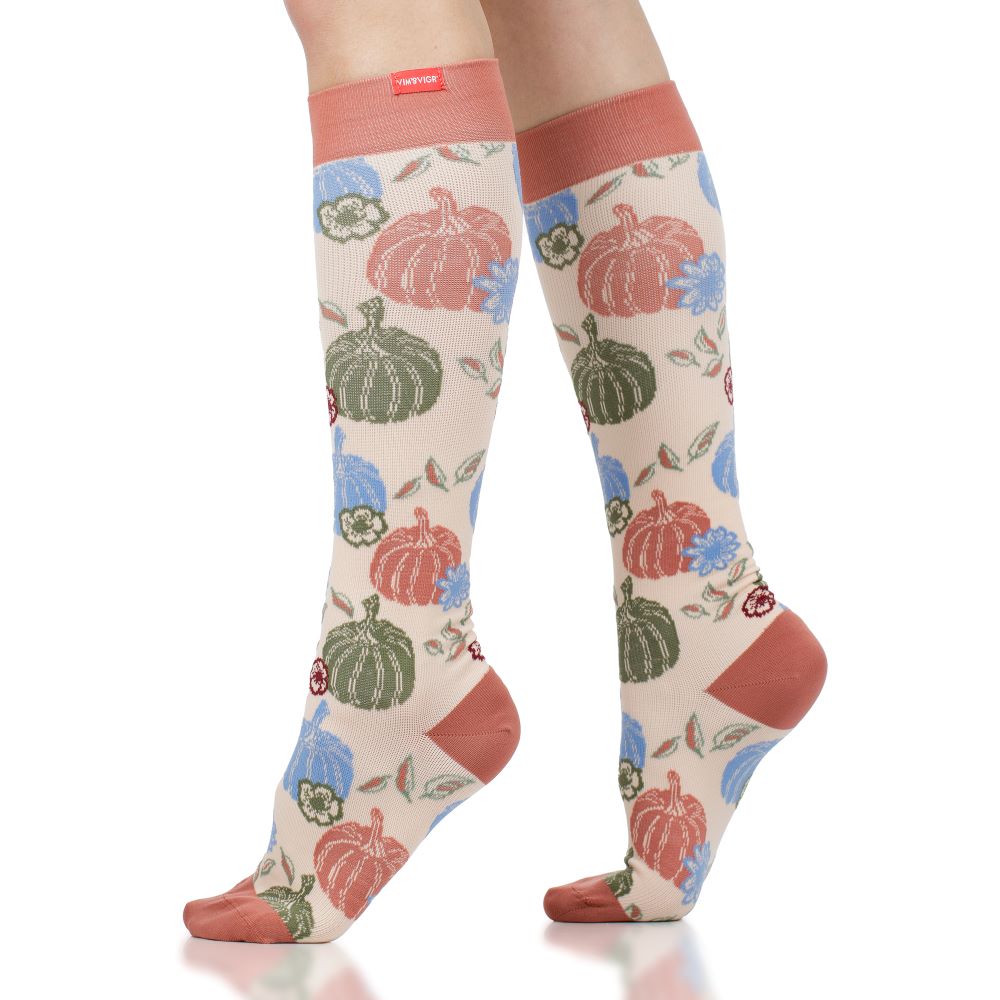A Day in the Life of a Labor & Delivery Nurse
What Does a Day in the Life of a Labor and Delivery Nurse Look Like?
Labor and Delivery Nurses tend to the needs of parents and children, before, during, and after birth. L&D nurses not only monitor the health of the baby but the health and well-being of the mother giving birth. Child bearing can be taxing physically and emotionally, and Labor and Delivery nurses act as a guide through the entire experience.
L&D Nurses monitor vitals of both mother and baby; track and measure contractions; proactively assess and address mothers’ needs (e.g., pain medications or other support); assist with delivery and provide care.
Labor and delivery nurses have extremely important jobs. Not only do they witness the miracle of life multiple times a day, but they also act as a support to new parents during the first hours of parenthood. As you can imagine, these wonderful experiences can be overwhelming, tiresome, and beautiful all at once. There are 3.8 million babies born a day, so labor and delivery nurses are always working to ensure a successful birthing process.
We wanted to help you get an idea of the typical schedule of a Labor and delivery nurse, so we asked a local nurse in our area to break down a regular day in her life. Amy Hood was kind enough to give us a glimpse into the life of a labor and delivery nurse, and what it’s like to play such a large role in so many parents’ experiences.
A Typical Labor and Delivery Nurse Schedule

Here's a day in my life!

The Benefits of Labor and Delivery Nurse Socks
As you can see, L&D days are long and filled with many twists and turns that may leave you exhausted by the end of the day. Long shifts can be physically, mentally, and emotionally taxing. A tool that many nurses use to help push through a long day is compression socks. Compression socks use graduated compression technology to prevent blood from pooling and varicose veins from forming during a long shift. This compression also keeps their legs fresh as they rush from place to place to take care of patients.
Graduated compression works by being tightest at the ankle and progressively lighter through the calf. This gentle hug to your legs encourages healthy blood flow, and prevents DVT, blood clots, and varicose veins. Our compression socks are also known for being easy to put on.
Nurses love our compression socks not only because they keep their legs fresh throughout their shift, but they also come in a variety of fabrics and designs. We even design a compression sock dedicated to nurses every year.
Our compression socks come in 4 different fabrics, 3 different compression levels, and 6 different sizes, including wide calf. This is so we can get as many legs as possible feeling the benefits of compression.
Our 4 different fabrics are as follows:
Cotton:
Many nurses love our cotton compression socks because they are soft and breathable, and come in the most designs. We have our own custom cotton blend that offers a soft and supportive feel all day long.
Nylon:
Our nylon compression socks are also loved by nurses. Our nylon compression socks have a soft and buttery feel. We can only to striped designs on our Classic Nylon (400 needle count) but our new Choice Nylon socks (200 needle count) can have some designs integrated.
Merino Wool:
Merino wool compression socks are naturally moisture wicking and very durable. This has made them a favorite among outdoor enthusiasts. However, some nurses love to wear them on their shift as well.
Moisture Wick Nylon:
This high quality moisture wick nylon is one of our most popular for warm climates. It’s smooth texture and 400 needle count weave is perfect for wicking moisture all day long. Our moisture wick nylon compression socks are a well loved favorite among nurses.
Labor and Delivery nurses have a very difficult, but rewarding job. No day will look the same, and some nurses love that! If you are a nurse, and find your legs tired during and after your shift, we would greatly recommend giving our compression socks a try, If you are a nursing student, keep an eye out for our annual nursing scholarship.
Shop stylish and functional compression socks for nurses online at Vim & Vigr.



















Leave a comment